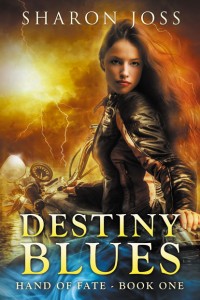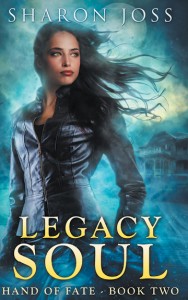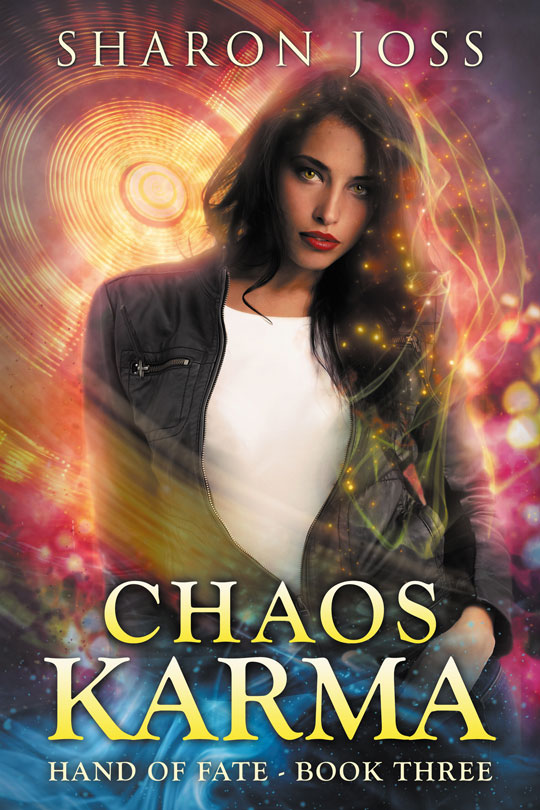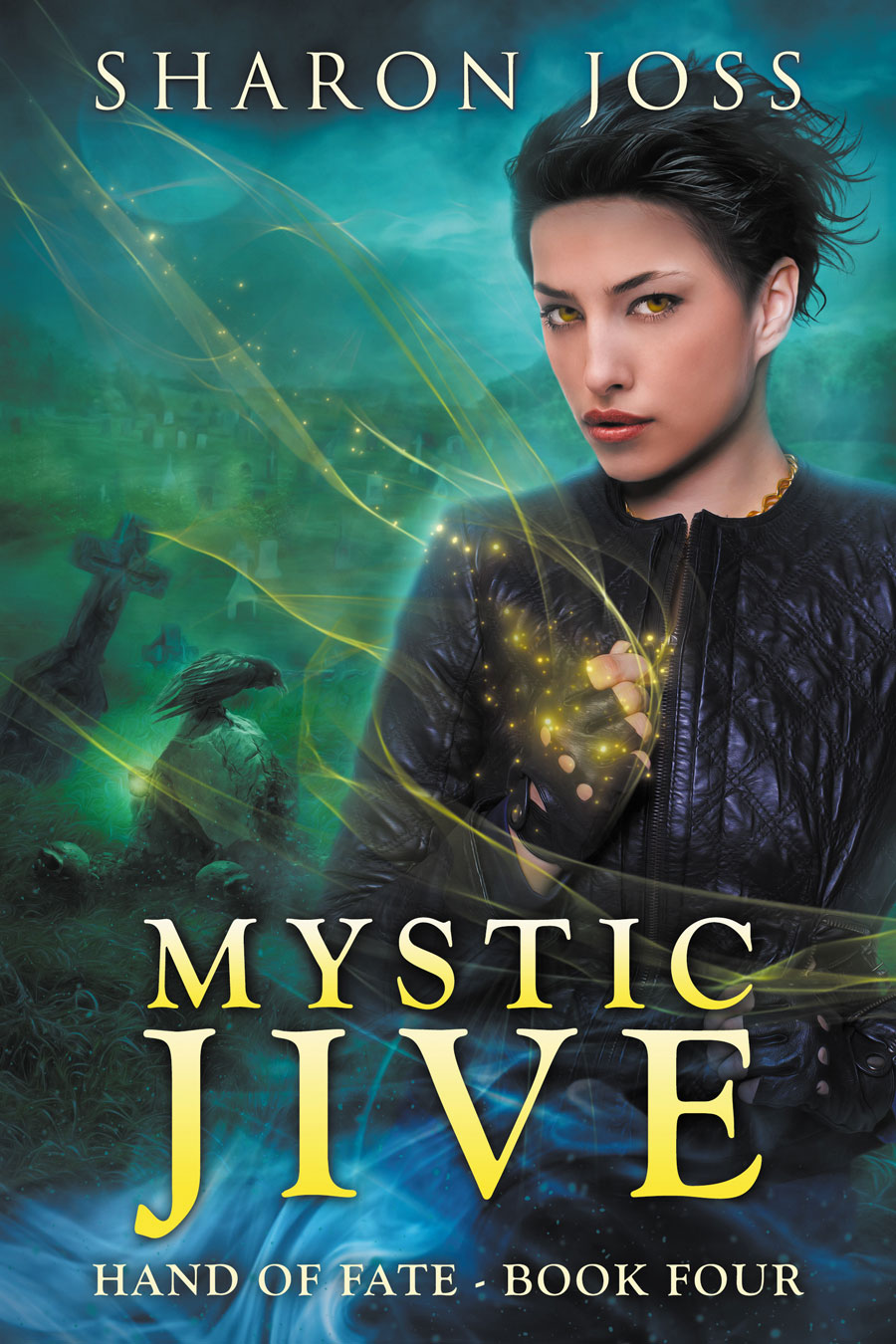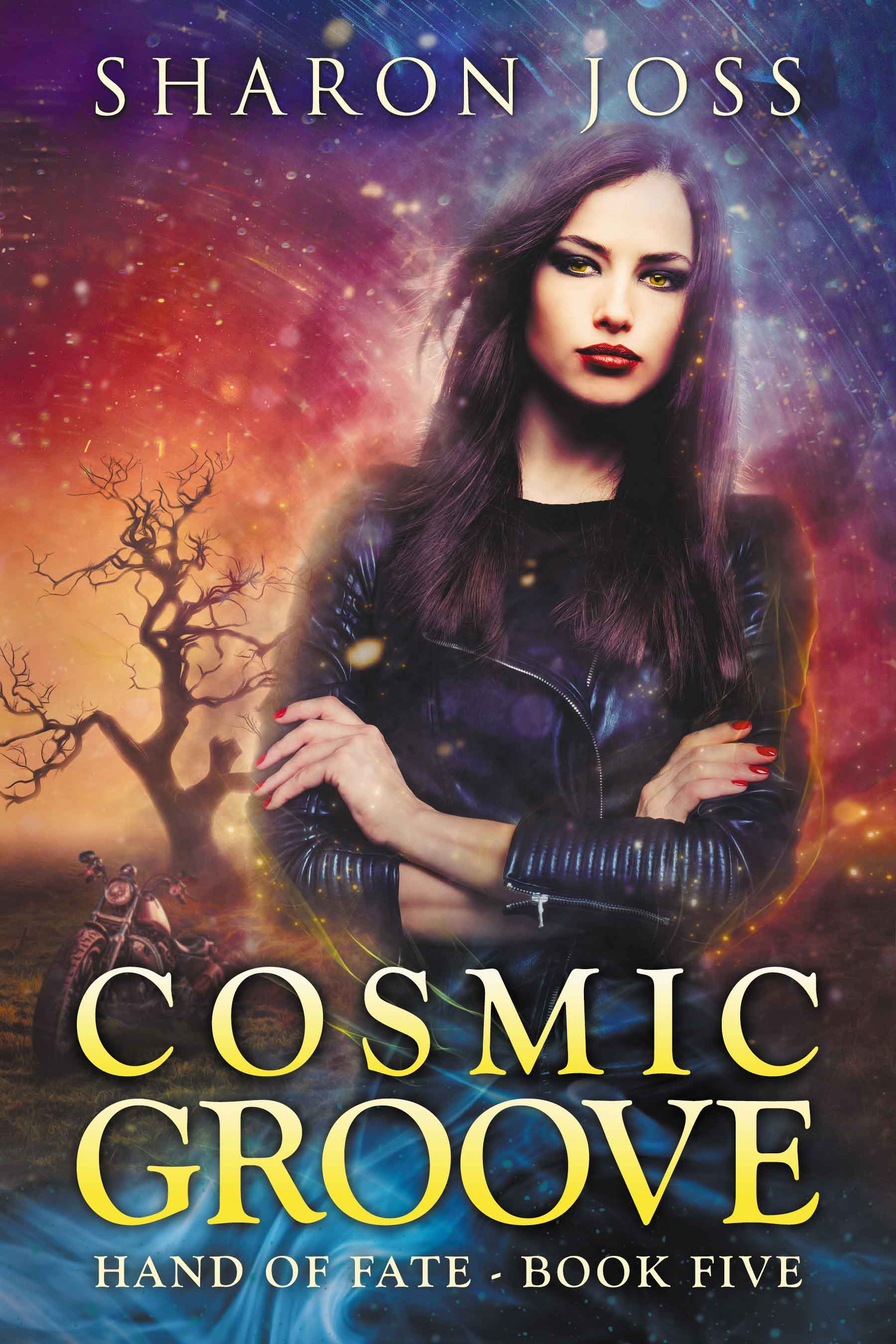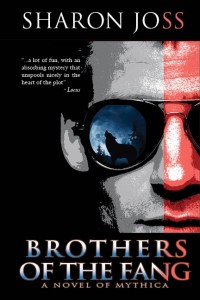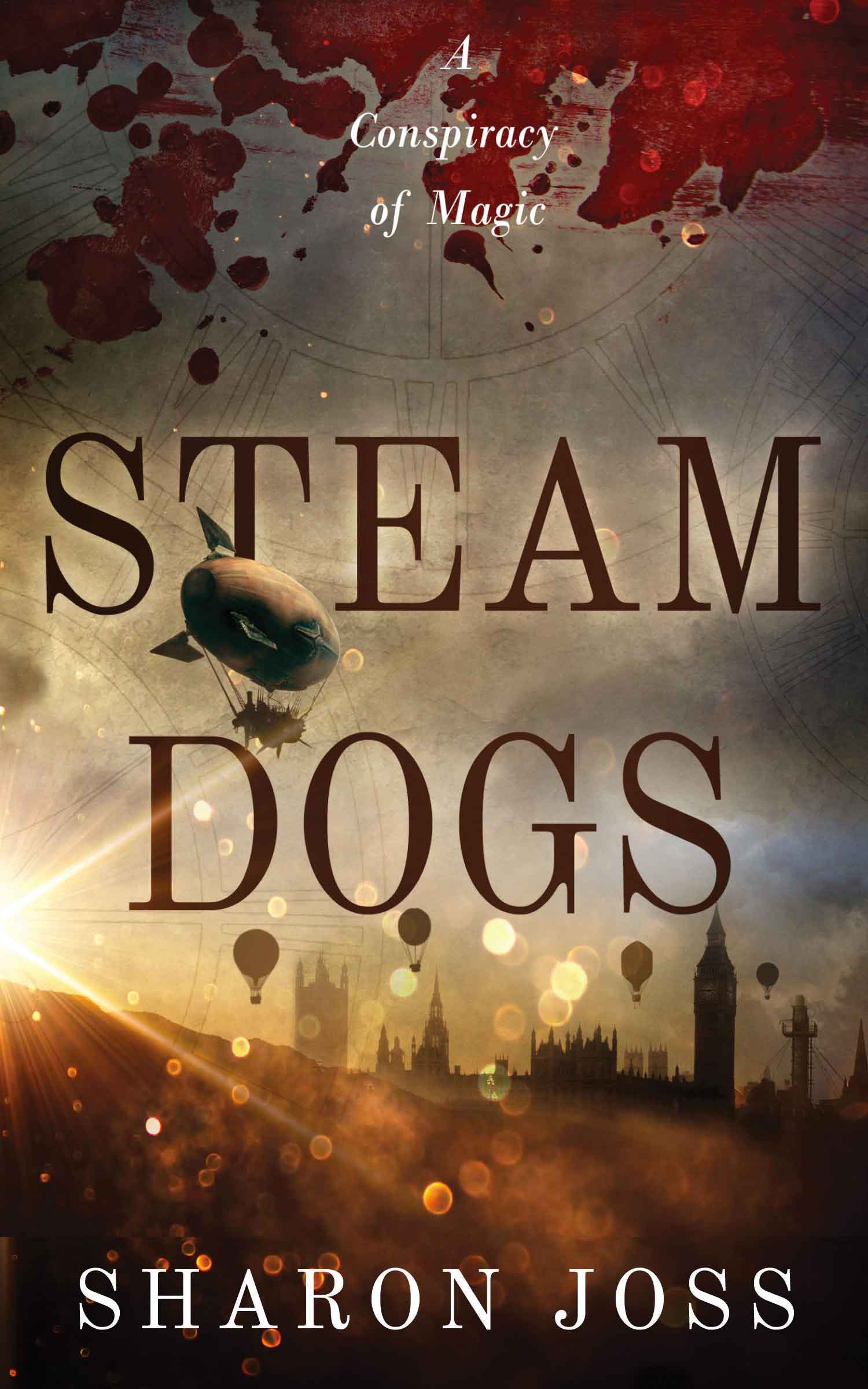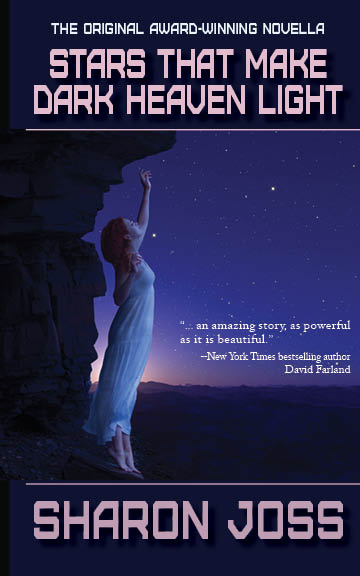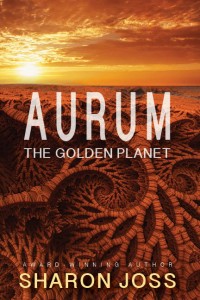One of the sessions I enjoyed most at Renovation in Reno this year, was a panel discussion about Writing Non-Human Characters, and how to make them believable. The author panel consisted of Carol Berg, Kathleen Ann Goonan, Hugo-award-winner Robert Sawyer, Amy Thomson, and Martha Wells. As they shared their techniques for populating their stores with creepy-crawlies, I noted the points that resonated most for me.
All the panelists agreed that defining a creature (or using one already well known) starts with the creature’s biology and basic needs. What do they eat, what are their environmental needs, strengths, weaknesses, and intellectual capabilities? How did they come into being? Did they evolve, or are they hybrids? The result of a mutation? Man-made or as the result of some natural or genetic mutation or pathogen? Why do these creatures behave the way they do? Like your human characters, your monsters also need yearnings (or at least instincts) which drive their behaviors.
If developing an evolutionary model is too complicated; consider making your creature half human. This provides an immediate identification with readers and offers a ready-made conflict between the creature’s human and less human self, and they should share common cultural touchstones. If your creature is an alien, remember that they must have some sort of shared experience or cultural values for reader identification, and both cultures are changed by the experience. The surprising example given was James Clavell’s Shogun; where the protagonist, Englishman John Blackthorn, is plopped into the alien society of the Japanese Samurai. Although the two cultures seem polar opposites (to each other), the story focuses on the shared themes with each culture: honor, bravery, and love.
The panelists also reminded the audience that magic, per se, is also non-human and therefore alien. So whether you are describing your monster or your magic, the best way to disclose their characteristics (be it appearance, behavior, magic, or what have you), is only as you need it. A little at a time, with telling details. Best to start in media res and let the reader catch up. Define the alien terms in context where you can, and let the reader figure it out. It helps the reader see your creation and experience your monster firsthand, and that’s what makes them real.

